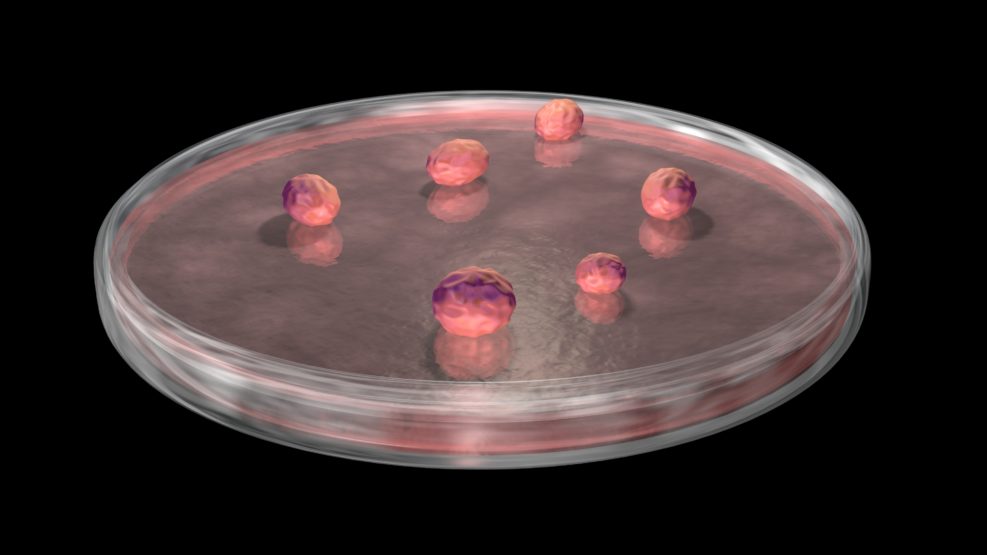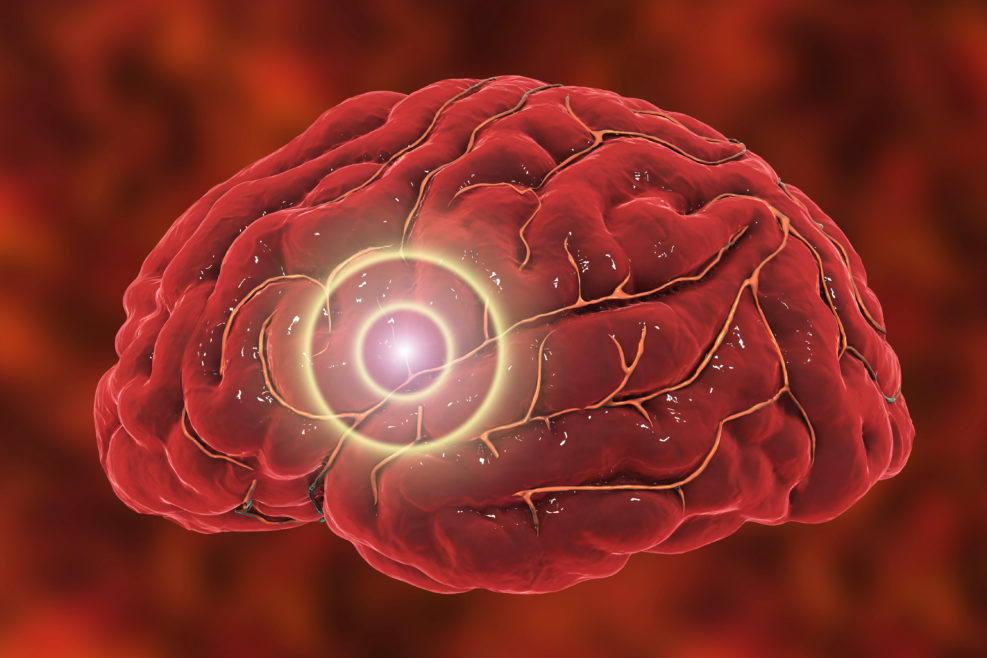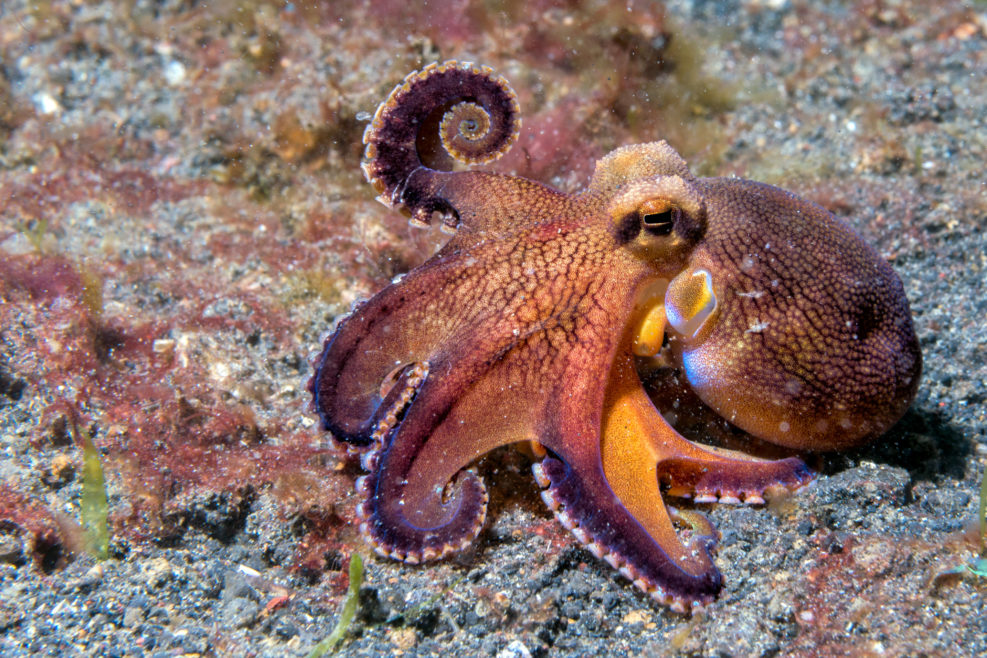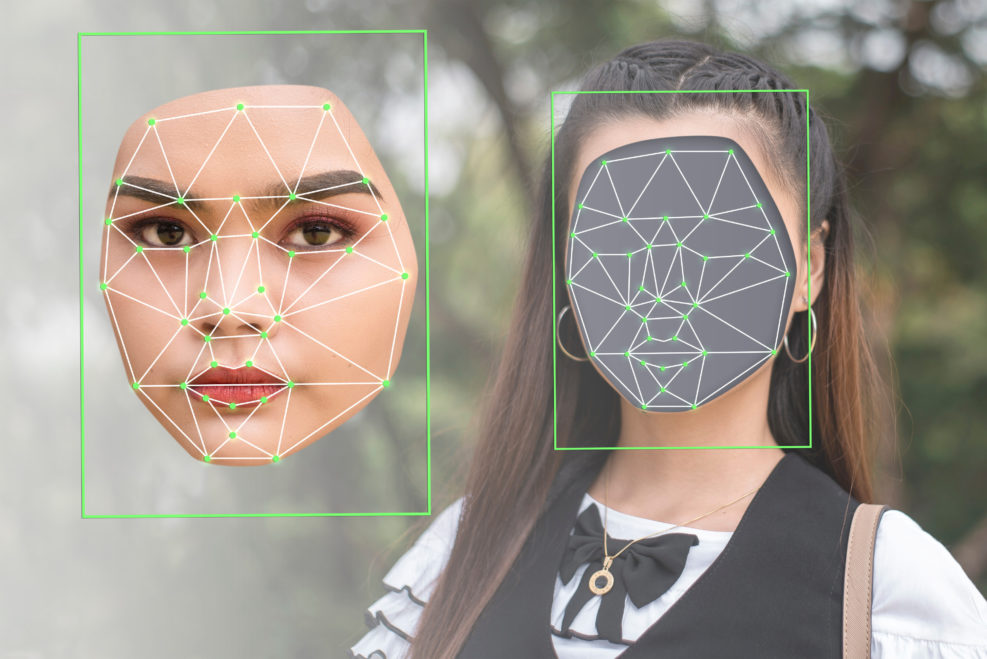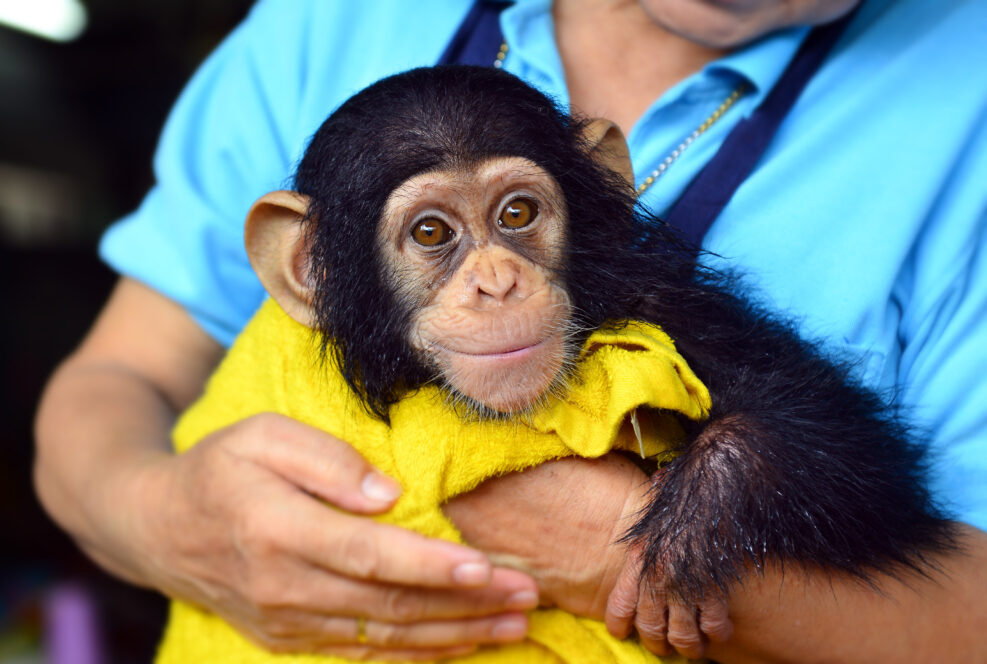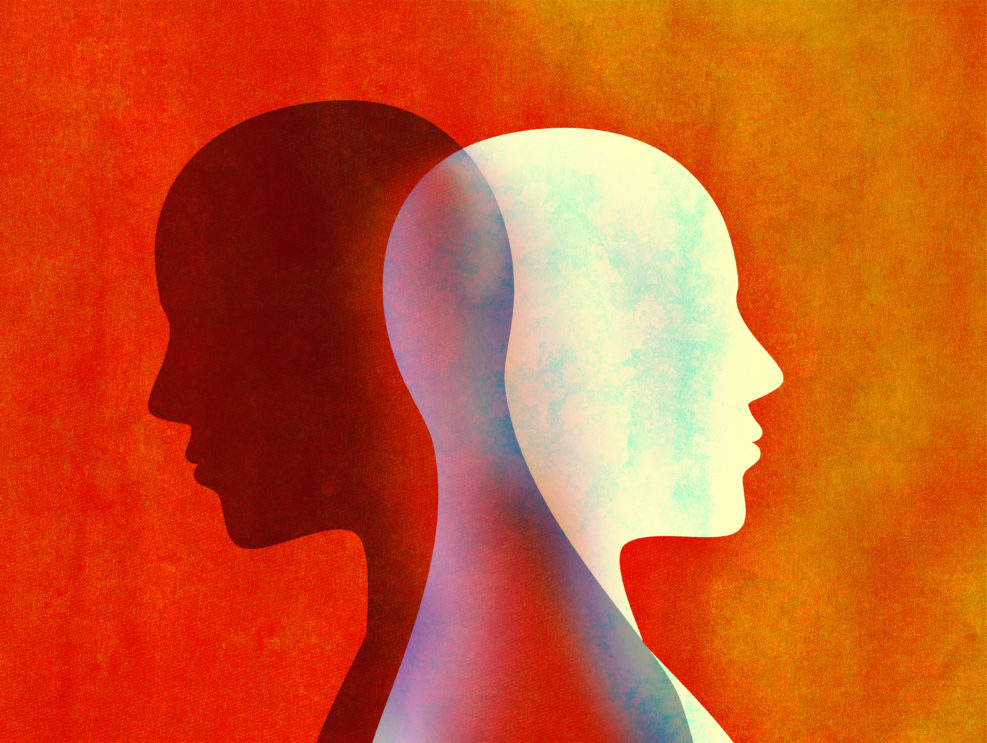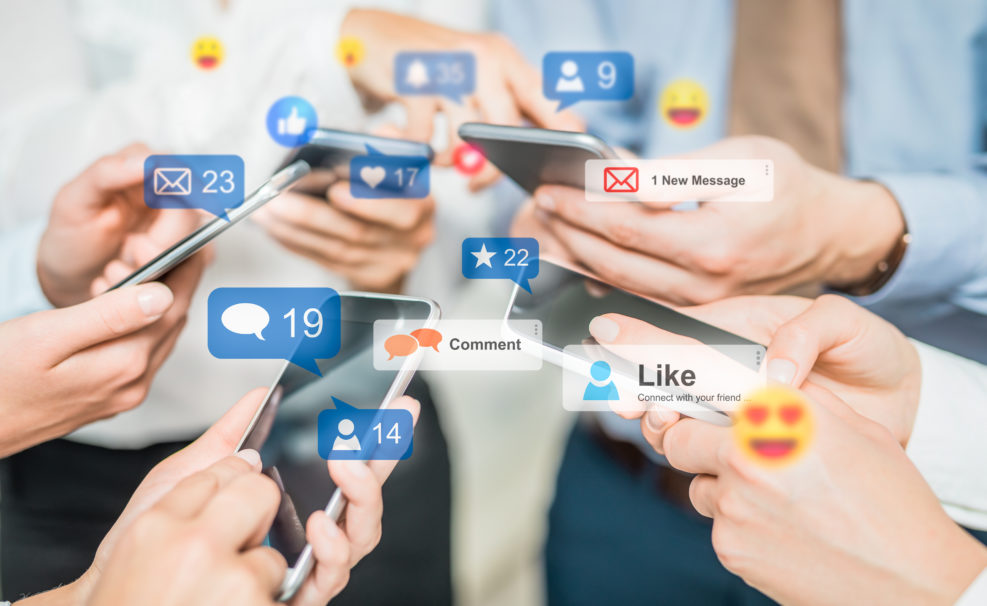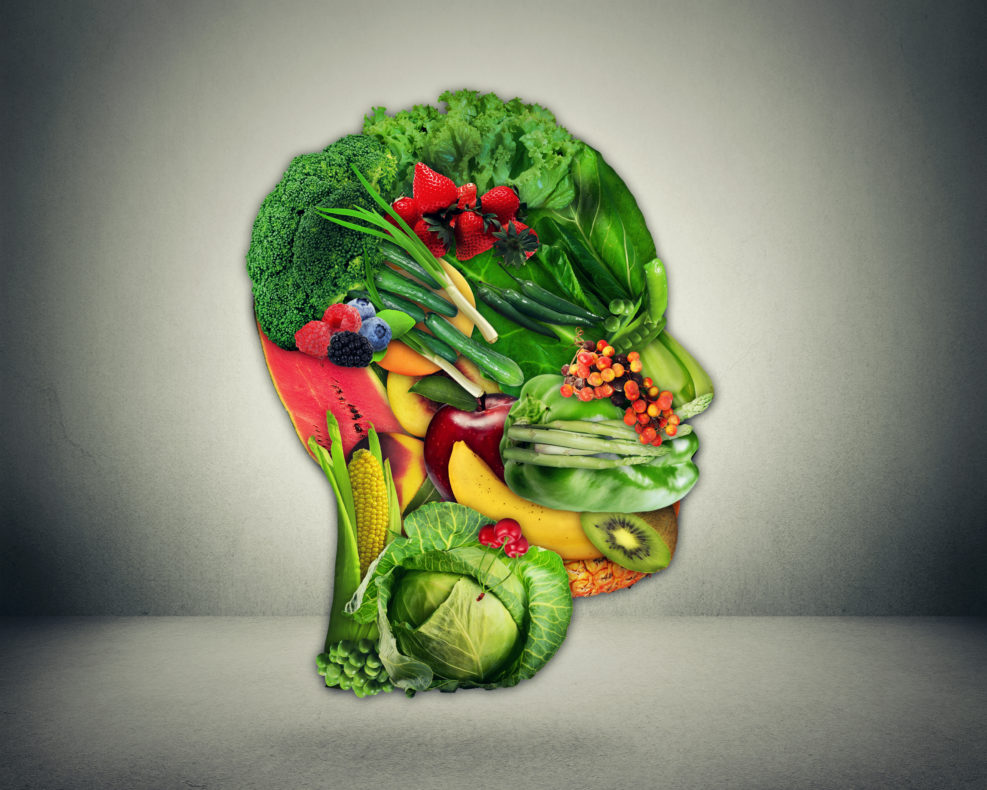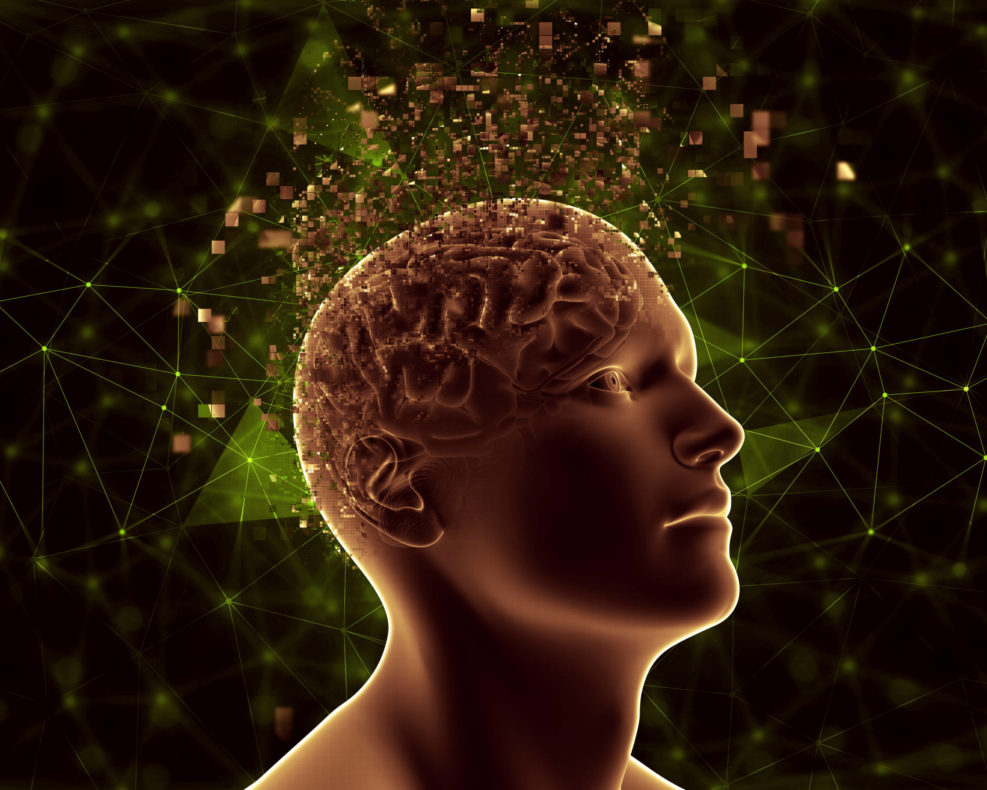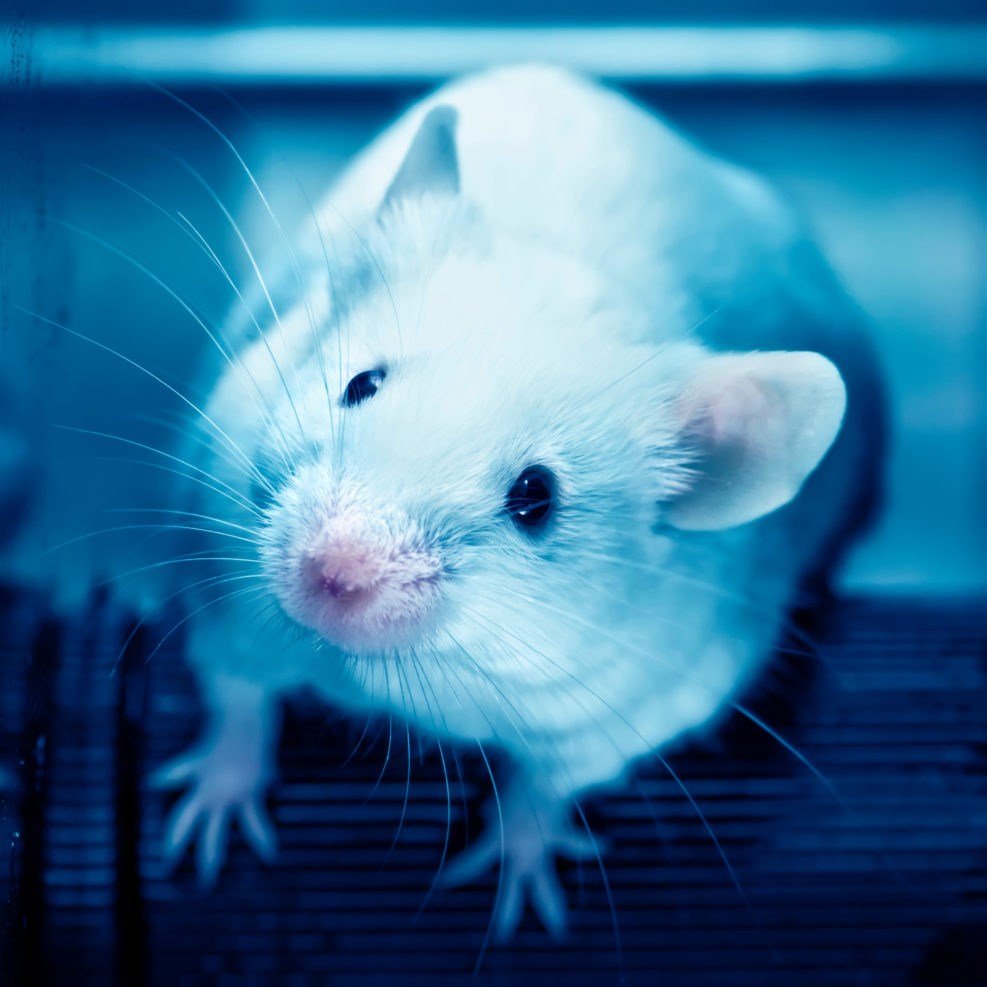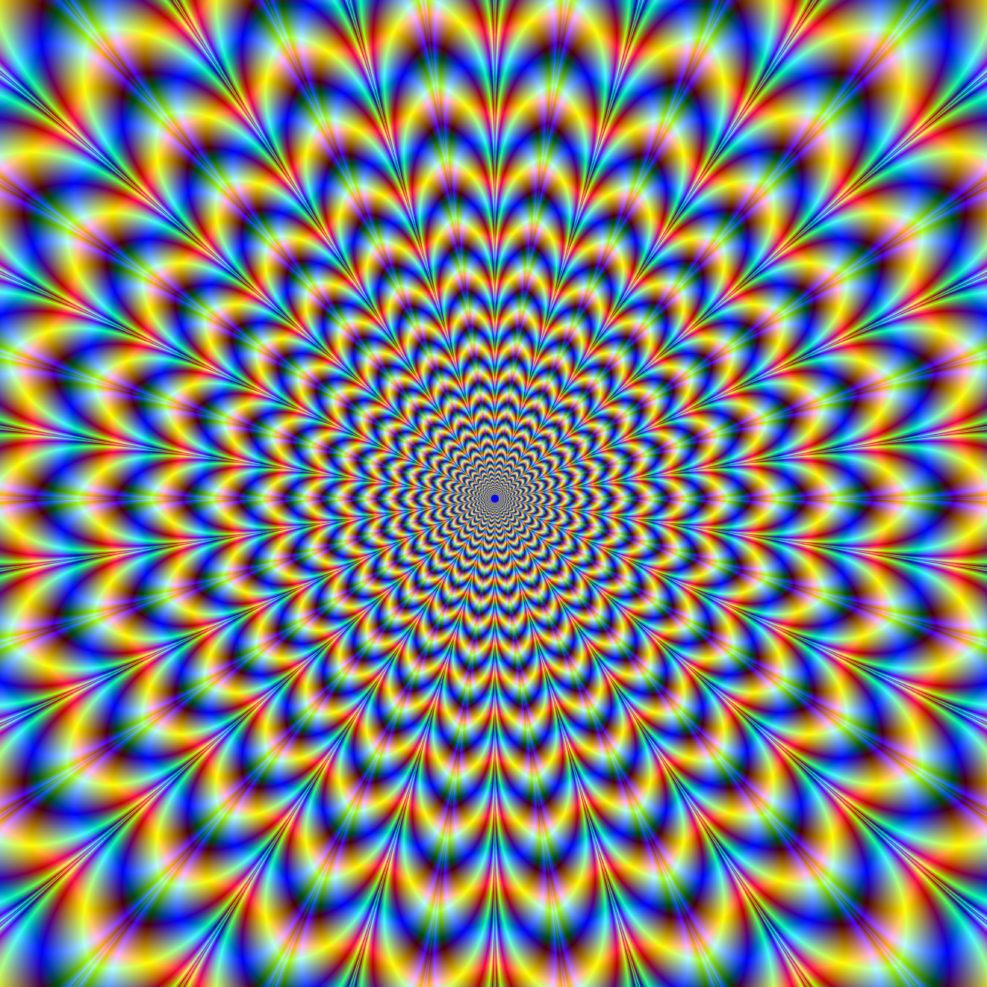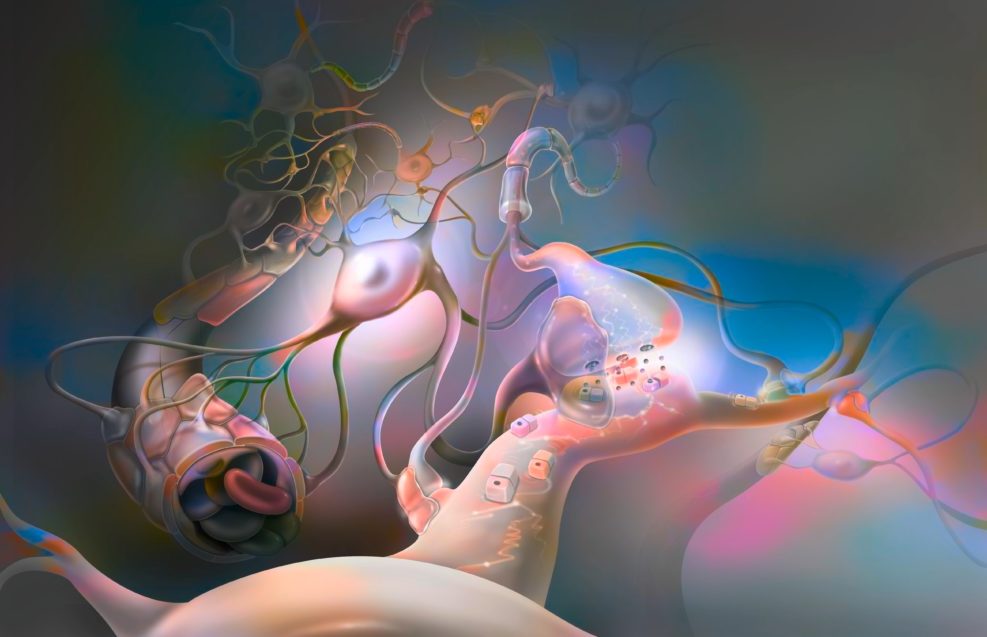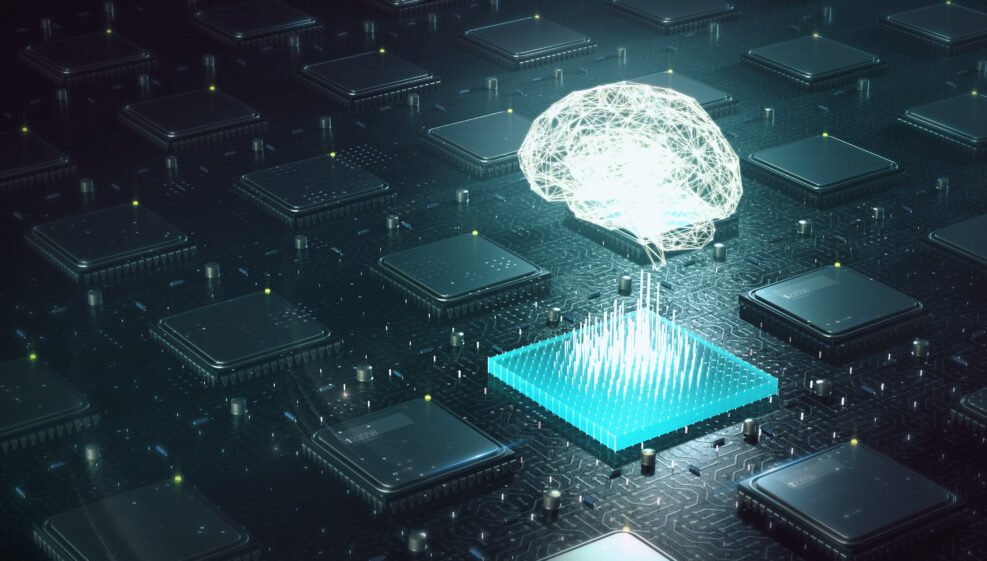
Artificial neural networks can show that the mind isn’t the brain
Because artificial neural networks are a better version of the brain, whatever neural networks cannot do, the brain cannot do.What is the human mind? AI pioneer Marvin Minsky (1927–2016) said in 1987 that essentially “Minds are what brains do.” That is, the mind is the result of electrical waves cycling through the brain, as neurons spike and synapses transmit signals. But is that true? Can we test this idea? We can indeed, using artificial neural networks. One of the most popular approaches to artificial intelligence is artificial neural networks. These networks, inspired by an early model of how neurons fire (the McCulloch–Pitts model), consist of nodes, where each node is similar to a neuron. A node receives signals and then sends them to its linked nodes based on an activation function. There are, of course, differences between neural networks Read More ›
